Going Green: Treating your other half to sustainable Valentine’s loving!
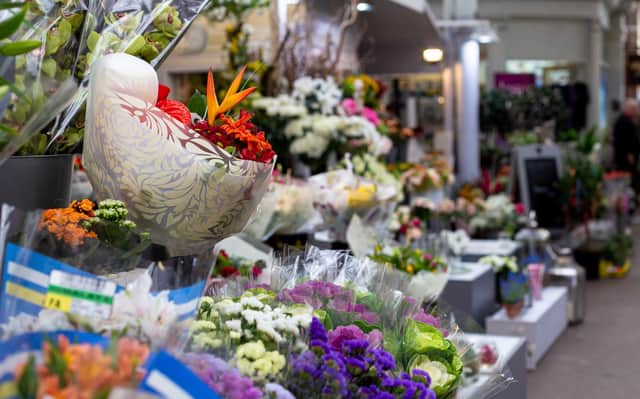

Green campaigner and consumer expert, Angela Terry, separates climate change facts from fiction and explains how you can take simple, practical steps to help save the planet. Follow @ouronehome & visithttps://onehome.org.uk/ for more advice.
Q: Is there any way for me and my other half to celebrate Valentine’s Day sustainably?
A: Of course, you can still show your love while being conscious of the planet. As with every spending decision you make, there are lots of green options. Here are some ideas:
Flowers
A bouquet often comes with a huge carbon footprint, partly because most flowers are flown in from overseas.
Advertisement
Hide AdAdvertisement
Hide AdAccording to government statistics, the UK market for cut flowers is worth £1.3 billion. Around 90 per cent are imported. Most come from The Netherlands – although a number of other countries are increasingly exporting flowers, like Ecuador, Colombia, Kenya and Ethiopia.
As well as all these unnecessary air miles, many imported flowers are intensively farmed using toxic pesticides and artificial fertilisers. Such chemicals are bad for the soil and harm essential pollinators, like bees.
Industrially-farmed flowers also require lots of water, a bad idea in countries where it can be scarce.
In light of these issues, some UK florists are now offering more sustainable bouquets. Look out for Florverde, an independent, environmental mark for the flower trade.
Advertisement
Hide AdAdvertisement
Hide Ad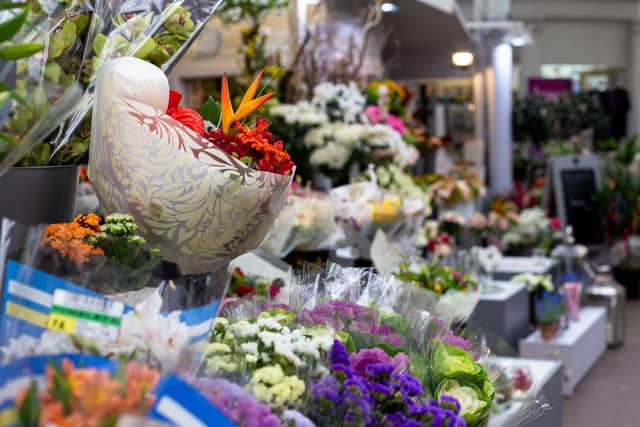

Flowers from the Farm is a network of British growers of locally-grown, seasonal flowers.
Find details of your nearest recommended florist on its website.
Alternatively, you could give your partner a living plant or donate to a reforestation project on their behalf.
Chocolates
What would Valentine’s Day be without chocolate? Unfortunately, its popularity comes with an environmental cost. The global demand for cocoa beans means that large areas of west African rainforest are being cleared to grow them.
Advertisement
Hide AdAdvertisement
Hide AdThis is terrible news for the world’s climate – and local elephant, monkey and chimpanzee populations.
Thankfully, you can still give your beloved a decadent sweet treat. Eco-friendly options include premium brands like Beyond Good, which works directly with farmers in Madagascar, or Ocelot, with its ethically-sourced chocolate and compostable packaging.
Hotel Chocolat aims to be net zero by 2030 and grows a lot of its cocoa on its own organic, eco-friendly farm in St. Lucia.
Wine
Most of the wine we drink is the result of industrial farming practices that heavily rely on artificial fertilisers and pesticides and use vast amounts of water. An increasing number of affordable sustainable alternatives are becoming available.
Advertisement
Hide AdAdvertisement
Hide AdSea Change helps fund ocean conservation projects with the sales of its European wines. Available from Tesco, Cono Sur wines are made in a carbon neutral production facility powered by renewable energy.
On the high street, Aldi offers a range of organic wines, including a £7.49 Prosecco. Organic wines also help with avoiding hangovers – apparently!
Celebrity spot
Clueless star Alicia Silverstone is one of growing number of Earth-conscious A-listers with vegan dogs.
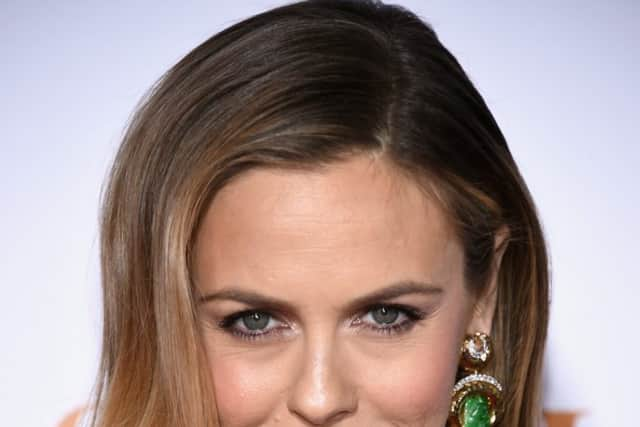

After inheriting terrier-mix, Dixon, and chihuahua, Tiny, when her mum died, she put them on plant-based diets, meaning their carbon pawprints are much lower than meat-eating dogs.
Advertisement
Hide AdAdvertisement
Hide AdOscar-winner and animal activist Joaquin Phoenix also has a vegan dog, as does Lewis Hamilton. The racing driver has spoken about environmental and health benefits for bulldog Roscoe.
Green swap
Swap kitchen roll for washable cloths.
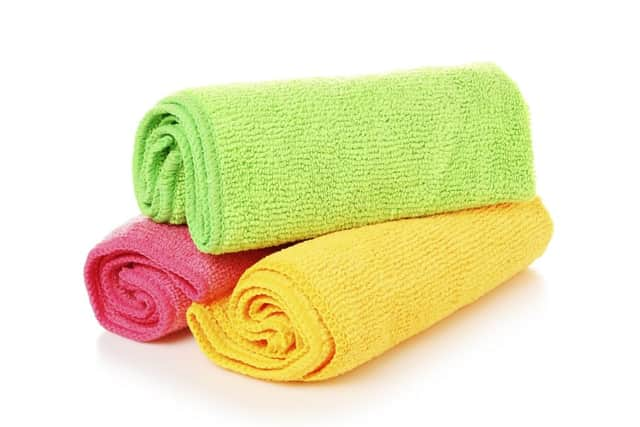

To be truly zero waste, you can cut up old towels or bedding to make your own cloths.
But if you want to buy new, cloth-based kitchen roll is available online, in shops like Ethical Superstore and Etsy.
Are hybrid cars good for today’s environment?
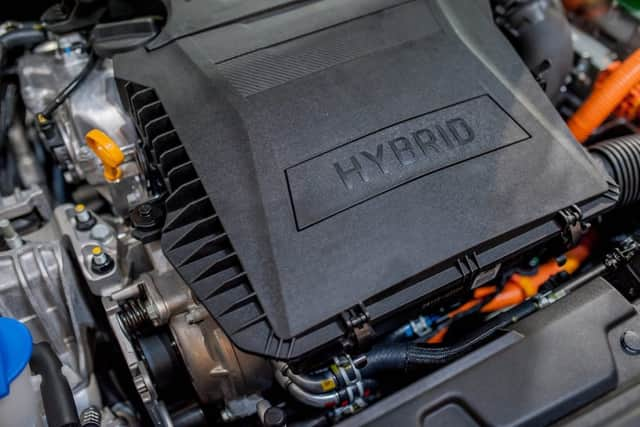

Generally, no, but there are three different kinds with differing green credentials.
Advertisement
Hide AdAdvertisement
Hide AdFull hybrid
The original uses both a petrol engine and am electric motor, either at the same time or independently.You can’t plug in these cars.
Their relatively small batteries are charged by the running of the internal combustion engine, which means they’re ultimately petrol-fuelled.
They can switch into full electric vehicle (EV) mode, but only at low speeds and for short distances.
This EV mode might cut air pollution in town, but the electricity is mainly generated by burning fossil fuels.
Advertisement
Hide AdAdvertisement
Hide AdThat means it’s actually less efficient than letting the hybrid system do its thing, selecting the best mix of petrol-based and electric power for the driving conditions.
The reality is that full hybrids are just more efficient petrol engines, rather than truly green alternatives.
They are now old technology.
Mild hybrid
This is the cheapest hybrid option, but with the smallest environmental benefits.
Like full hybrids, mild hybrids use an electric motor alongside a combustion engine.
Advertisement
Hide AdAdvertisement
Hide AdHowever, the difference is that the two power sources can’t be used independently of one another.
The modest electric motor is solely there to assist the petrol engine.
Plug-in
It’s self-explanatory, but these kinds of hybrid cars can be plugged in to charge their electric batteries.
They represent the next step towards a truly electric vehicle from a full hybrid and are the most eco-friendly option of the three, because increasingly our electricity is generated from clean energy like wind and solar.
Advertisement
Hide AdAdvertisement
Hide AdThey can run in EV mode much longer as their batteries are much bigger, which is why they require external charging.
Indeed, it’s entirely possible for owners driving relatively short urban distances each day to run entirely on electricity, as long as they remember to plug in their car overnight.
The future
For some people, hybrids might represent a good stepping stone to EV ownership.
But it’s worth remembering that their end is already in sight.
Advertisement
Hide AdAdvertisement
Hide AdTo try and meet climate targets, the UK Government is banning the sales of petrol and diesel cars from 2030.
New hybrids that have a “significant zero emissions capability” – which should include plug-ins and potentially some full hybrids – although details are still to be confirmed) will still be sold until 2035.
From then, all new cars will be EVs.
Fact or fiction
Reusable nappies are better for the planet than disposables. Yes, as long as they’re made from microplastic fibre-free materials, like bamboo, and air dried instead of putting them in the tumble dryer, which enlarges their carbon footprint.